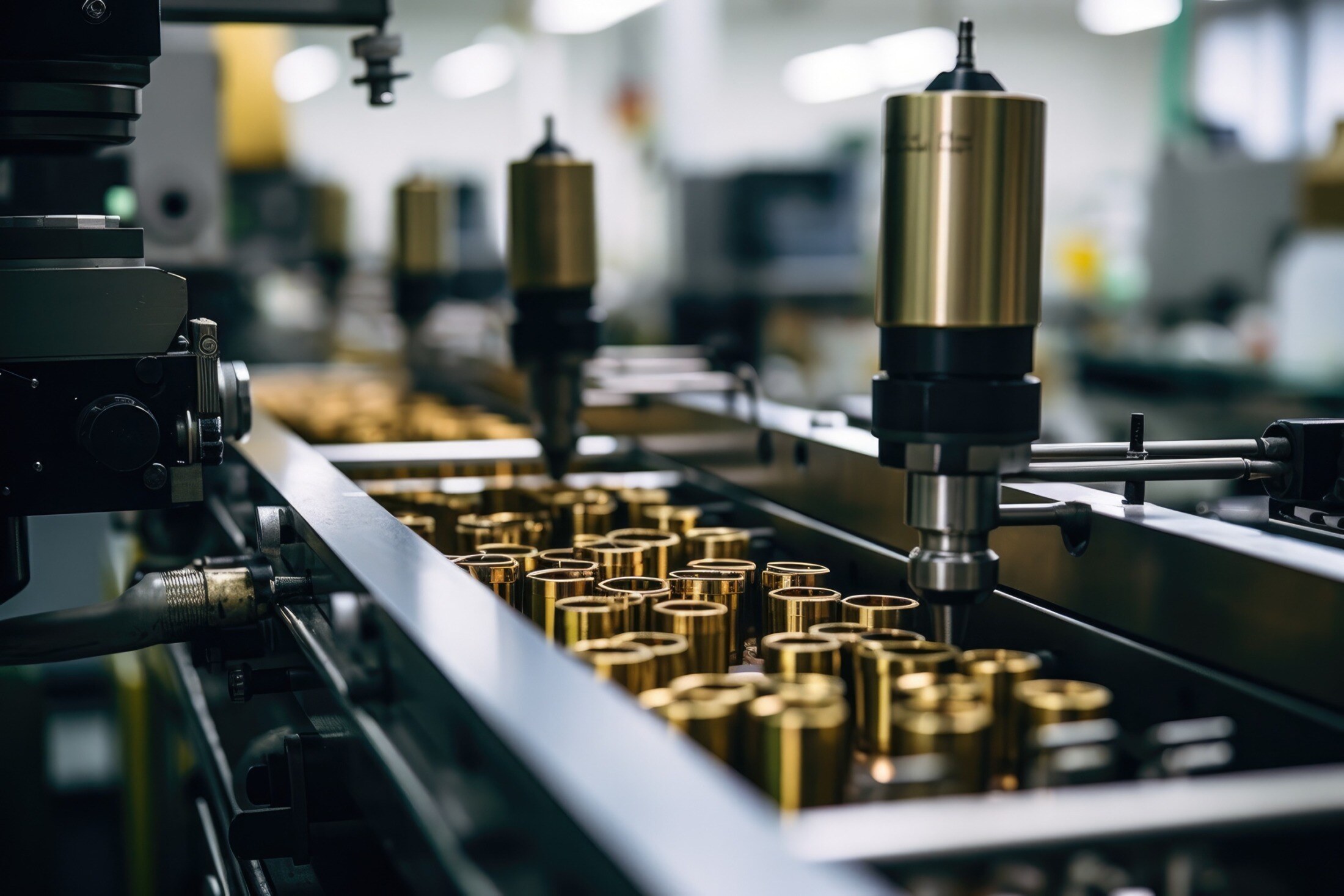Transducerized assembly tools utilize sensors and feedback mechanisms for precise torque control and measurement.
Sounds great. But how do you pick the right T-tool for your application.
Several factors should be considered to ensure it meets your assembly needs effectively.
Here’s a guide to picking the right transducerized assembly tool:
Torque Range and Accuracy: Determine the torque range required for your assembly applications. Choose a transducerized tool with an appropriate torque range that aligns with your assembly requirements. Ensure that the tool provides high accuracy and repeatability in torque control, typically within ±5% or better.
-
- Torque Control Modes: Transducerized assembly tools offer various torque control modes, Torque only, Angle only, Torque & Angle and hold. Assess your assembly processes to determine the most suitable torque control mode for consistent and precise tightening operations.
Feedback and Monitoring: Look for transducerized tools with real-time feedback and monitoring capabilities. Features like digital displays, data logging, and torque verification systems provide visibility into assembly processes and ensure quality control.
Speed and Productivity: Consider the speed and productivity requirements of your assembly line. Choose a transducerized tool that offers fast reaction times and rapid torque delivery for efficient assembly operations without compromising accuracy.
Ergonomics and Operator Comfort: Prioritize ergonomically designed transducerized tools with comfortable handles and balanced weight distribution. Operator comfort is essential for prolonged use and contributes to overall productivity and safety.
Software Compatibility: If your assembly processes require integration with software or data management systems, ensure that the transducerized tool is compatible with relevant software platforms. This enables seamless data transfer, process monitoring, and analysis for continuous improvement.
Durability and Reliability: Select a transducerized tool from reputable manufacturers known for quality, durability, and reliability. Consider factors such as tool construction, materials, and maintenance requirements to ensure long-term performance and minimal downtime.
Safety Features: Verify that the transducerized tool incorporates safety features such as over-torque protection, error detection, and user-defined torque limits. These safety mechanisms prevent damage to components and ensure operator safety during assembly tasks.
Training and Support: Invest in training programs for operators to familiarize them with the use of transducerized assembly tools effectively. Additionally, choose a supplier that offers comprehensive technical support, training, and maintenance services to maximize tool performance and uptime.
By evaluating these factors and choosing a transducerized assembly tool that aligns with your torque control requirements, productivity goals, and operator needs, you can enhance assembly quality, efficiency, and overall process reliability.




